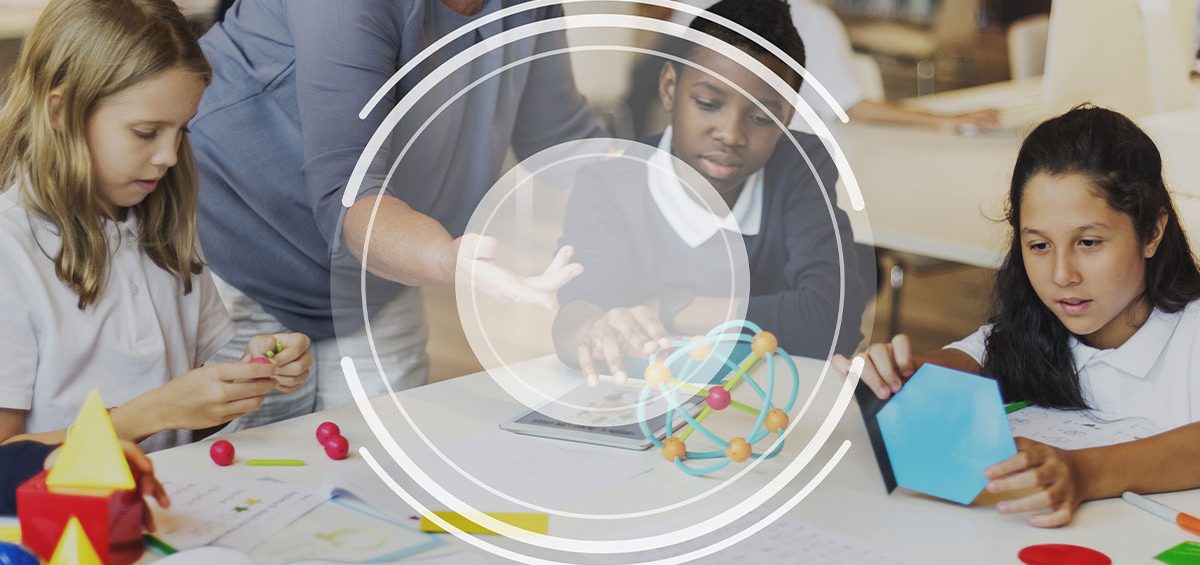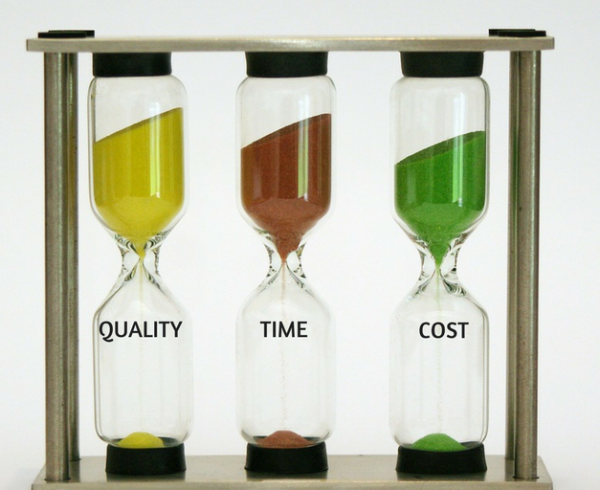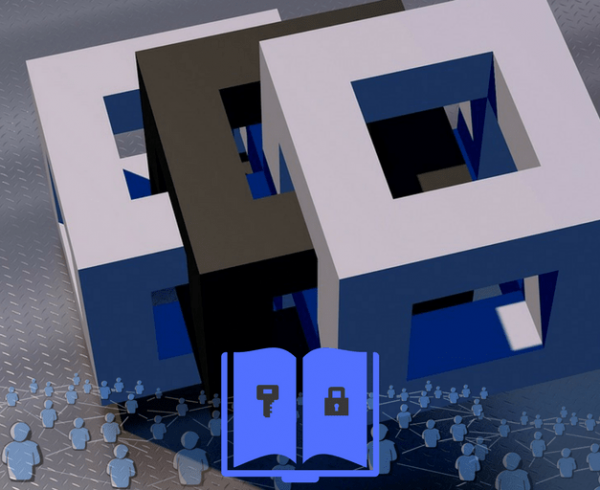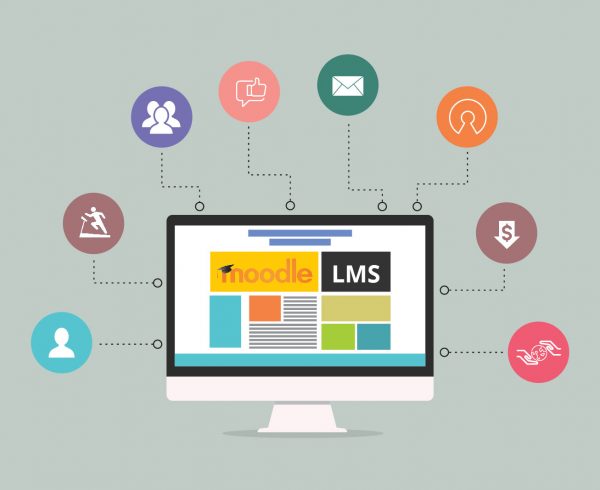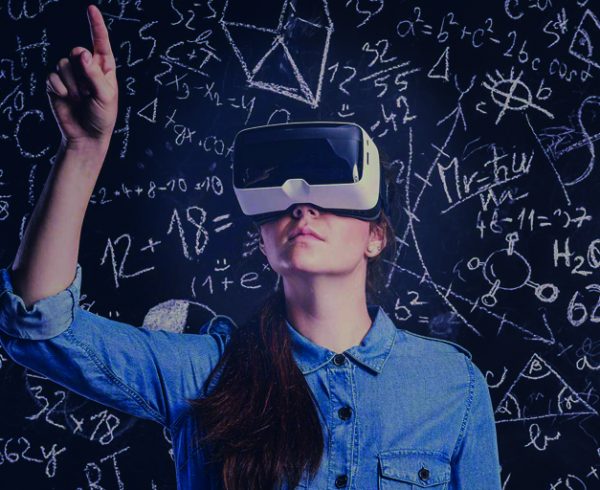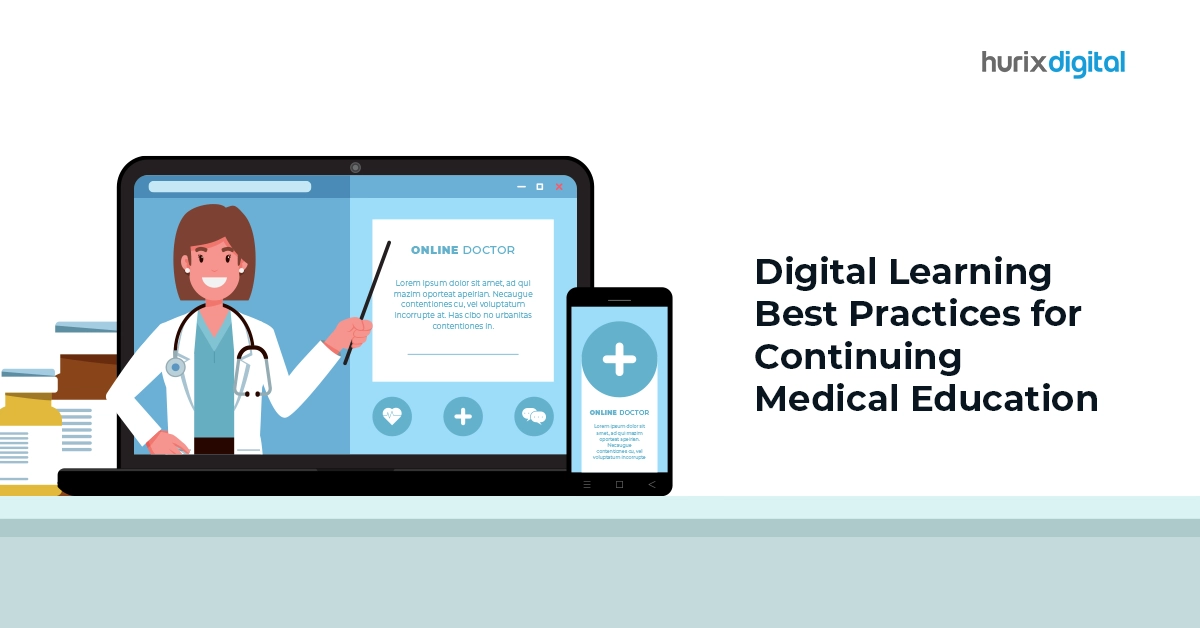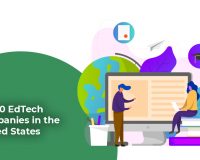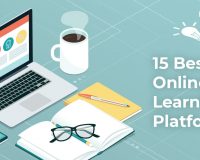An increasing number of K-12 instructors looking for innovative ways to improve their students’ critical thinking skills are finding instructional, realistic simulation as a valuable tool to enhance learning.
Apart from offering the potential to engage students in deep and immersive learning, simulations in K-12 education also empower understanding in students as opposed to just superficial learning that requires only memorization.
In this blog, we explore instructional simulation and the various ways in which it can enhance K-12 learning.
Table of Contents:
- What is a Realistic Simulation?
- Various Ways Realistic Simulation Enhances K-12 Learning
1. Promotes the use of critical and evaluative thinking in students
2. Facilitates prompt feedback
3. Leads to experiential practice
4. Enables better knowledge retention
5. Fosters development of skills - To Conclude
What is a Realistic Simulation?
Simulations in K-12 learning are essentially specific instructional scenarios where a student/learner is placed in an atmosphere defined by the teacher and represents a distinct reality within which students can interact.
What is important to note here is that in the world of realistic simulation, the educator controls various parameters and uses it to achieve the expected instructional results. Students then experience the reality of different scenarios and gather meaning from them.
Simply put, a realistic simulation is a form of experiential learning that fits well with the principles of constructive student-centered learning and teaching. In general, instructional simulations incorporate some or all of the below-mentioned characteristics:
- Scenarios: Realistic simulations present a particular problem to solve or a situation to react to in a specific context. This problem or situation could include a certain time frame and/or a set of resources/tools.
- Role-playing: Simulations often place learners in a particular role within the scenario. Few of them also require students to collaborate with learners in other roles working through the same problem, albeit from different perspectives.
- Environment: Instructional simulations in K-12 learning replicate an authentic situation/ location in some way, such as a chemistry lab or a hospital room, which can be built either in physical or digital spaces.
- Open-ended: Realistic simulations often require learners to make various decisions, wherein each of these decisions impact the progress they make in that scenario and determine what decisions they’ll make next.
- Reflection: Simulations generally rely on structured reflection through journaling, discussions, or similar assignments, to effectively evaluate the decisions that were made by connecting them to the outcomes they led to, and reinforcing what students learned from the experience.
Various Ways Realistic Simulation Enhances K-12 Learning
There are multiple reasons why simulation learning is gaining momentum in K-12 learning. Apart from reducing the overall education costs, simulations can also offer an engaging learning experience. They help introduce an interactive component to K-12 classes that are designed not just to develop students’ skills but also to teach them to successfully apply those skills in a range of scenarios.
Let’s explore 5 ways in which using realistic simulations can help enhance student learning:
1. Promotes the use of critical and evaluative thinking in students
Being open-ended in nature, simulations promote the use of critical and evaluative thinking among students. In addition to this, they encourage K-12 students to contemplate the implications of different scenarios so that the situation feels real, thus leading to a more engaging interaction by learners.
Using realistic simulations also gives students concrete roadmaps of what it means to think and act similar to a scientist and do scientific work. They allow students to change various parameter values and see what happens. This helps learners develop a feel for why the variables are important, along with teaching them the significance of magnitude changes in parameters.
2. Facilitates prompt feedback
Realistic simulation-based learning allows students to receive instant feedback on their learning and its effectiveness as well as their way of using the equipment, system, or rules. In addition to this, educators can offer constructive feedback to students right away, which allows them to improve their current skills, try new skills/methods as alternatives, or improve the old ones.
Since realistic simulations by their very nature cannot be passive learning, they ensure that students are active participants in learning, anticipating outcomes, and formulating various new queries/questions to ask.
3. Leads to experiential practice
Leveraging simulations in K-12 learning promotes conceptual understanding through experiential practice. They help students easily understand the nuances of a concept or a lesson. In general, students find them much more engaging as compared to other activities. This is simply because the student experiences the online learning activities first-hand instead of hearing about it or seeing it.
4. Enables better knowledge retention
A significant challenge faced by educators while designing any course structure is to ensure the retention of knowledge imparted. Students are more likely to retain knowledge if they get an opportunity to implement the skills they learned.
Simulation-based learning programs enable K-12 students to understand the actions to be taken in a given situation, which helps them retain this knowledge more quickly. A good simulation often includes a strong reflection summary that helps students further reflect and think about how and why they behaved as they did during the simulation.
5. Fosters development of skills
Simulations typically include a range of activities that allow students to practice structured learning, communicating, and collaborating with their peers. Apart from this, they also get to replicate what is often required in an actual setting such as discussing, presenting, negotiating, and listening. This helps develop their communication and problem-solving skills.
Another benefit of realistic simulations is that they allow for repetition, which means that students can work through the scenarios many times to explore how different decisions impact the final outcome.
To Conclude
Realistic simulation-based learning is an innovative strategy that K-12 educators can use not just to teach course-related concepts but also to offer students multiple opportunities to apply newly acquired skills, knowledge, and ideas in a well-designed practice setting that mirrors the real world.
As more and more K-12 institutions and courses develop hybrid/virtual learning options, realistic simulations may be an excellent way for students to thoroughly practice what they’re learning and be evaluated remotely.


